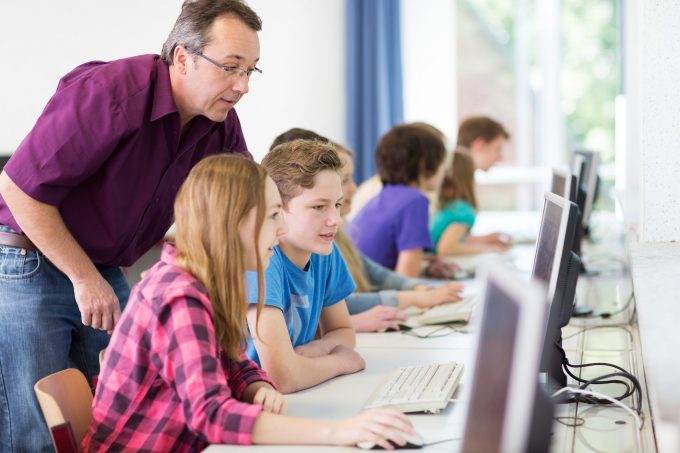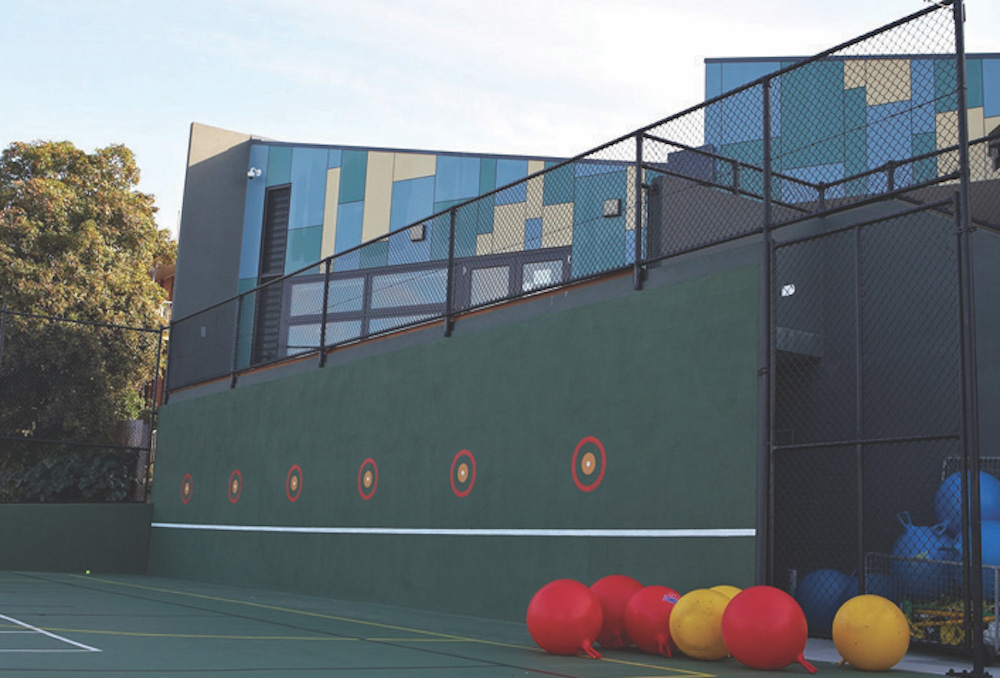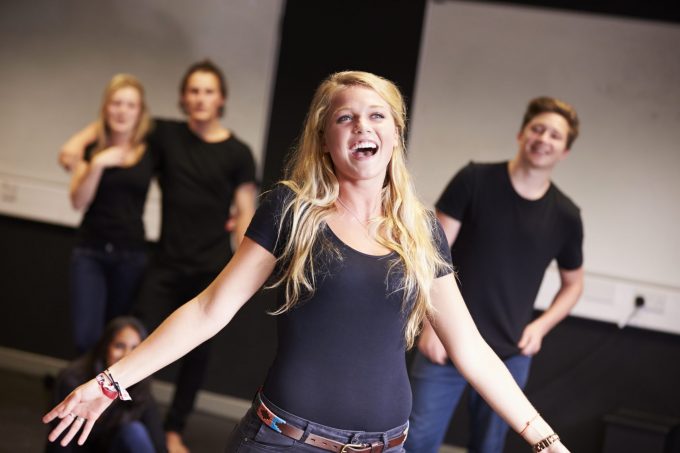Libraries that motivate, captivate and inspire
The library is the heart of any school, providing a calm space for creativity, collaboration, and learning.
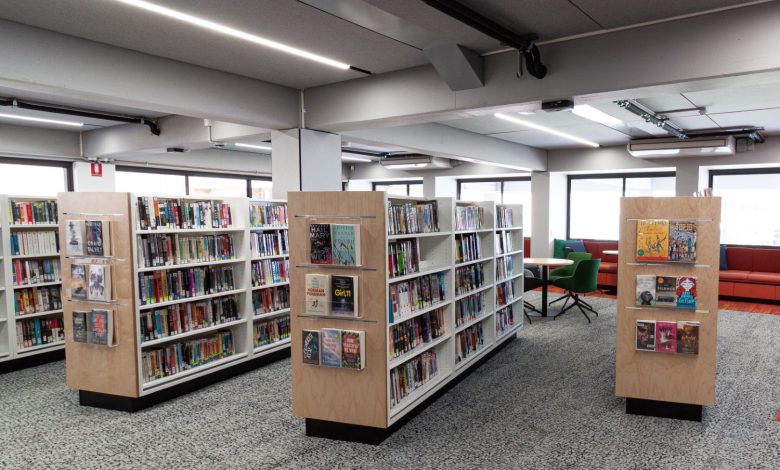
A great school library is a must, and the Australian Library and Information Association (ALIA) has warned that if libraries are not prioritised, literacy levels and student well-being could be negatively impacted.
“If we are serious about addressing literacy levels, student wellbeing, and support for teachers we need to be serious about restoring school libraries,” ALIA CEO Cathie Warburton said. “There is clear evidence that school libraries improve student outcomes and student wellbeing, and yet across Australia, we have seen a steady decline in the staffing and resourcing of school libraries, particularly in the public sector.
Read the latest print edition of School News HERE
“School libraries operate as safe spaces for young people and promote and resource mental health and wellbeing initiatives, including reading for pleasure. All Australian students should be able to have a space to enjoy reading, should be able to borrow their favourite author, should be able to access the resources they need for their studies, and understand how to find the resources they need for life.”
With this in mind, ensuring your school library is both functional and aesthetically pleasing will ensure the space is well-used and well-loved by teachers and students.
Designing your library
By investing in functional and inviting furniture options such as low-level seating, cosy reading nooks, and modular couches and ottomans, schools can create areas that accommodate various activities. These flexible setups encourage individual study as well as space for collaboration. Additionally, mobile library shelves can allow library staff to highlight books and resources that may be relevant to student learning throughout the year.
To get the best out of a library space, Annabel Parletta from Resource Furniture recommends spending some time in the current library to closely observe the space, the students, and the staff. “This allows you to identify potential areas for improvement, such as enhancing accessibility to specific book collections, optimising study areas, streamlining returns, and identifying high-traffic points.
“Observing the library’s unique characteristics and any elements that might impact design ideas will help to create an engaging and inspiring library,” Ms Parletta said.
“Picking furniture that will suit the space is key. Large comfortable chairs for quiet reading, desks and chairs for quiet study and booths for group work and activities should all be considered. Keeping shelving mobile will help with flexibility and give the option of creating different areas in the library for particular lessons and study times.”
Managing resources
A diverse collection of books is another cornerstone of an inspiring school library space. Ideally, schools should focus on curating a collection that covers various genres and authors, catering to different age groups and interests. As important as the books themselves, an IT system that is easy to navigate for both students and staff will ensure quick access to resources.
In today’s digital age, libraries encompass more than just books. Interactive spaces incorporating digital resources such as online databases, e-books, VR headsets, and educational platforms play a crucial role in enhancing learning. This is often housed in the library, and must be managed be library staff.
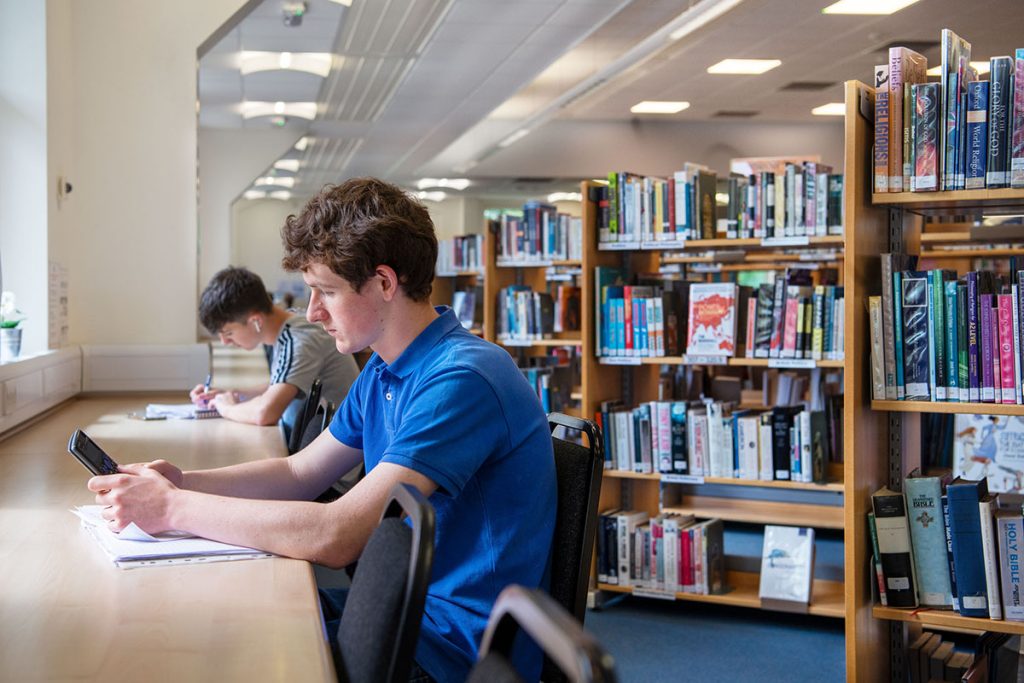
AJ Johnston, from Accessit Library said a library management system should help library staff open the world to their students, and reduce the time a librarian spends on administration.
“A system which links with the school’s other systems can help make borrower sync and communication seamless. A good system should also automate daily tasks like managing overdues, so librarians get the time back to take a lead in learning.”
And while books are at the heart of the library, Mr Johnston noted that the literacy journey is different from student to student. “Some may start with watching videos that capture their passion for a topic, which leads them on a journey to reading books or listening to audiobooks that keep them hooked. It’s about having the right media to connect with people and get them engaged in the library and learning.”
Schools are always heavily investing in assets, and a simple spreadsheet is no longer good enough to keep track. “Too many schools don’t realise how much they have invested in books let alone the other assets. This means they often aren’t even insured correctly,” Mr Johnston said.
“Leading library management systems can keep track of all assets in one place, from school drama costumes and musical instruments to school sports equipment. The ability to include the price paid and automatically include depreciation in the asset’s records is invaluable.”


